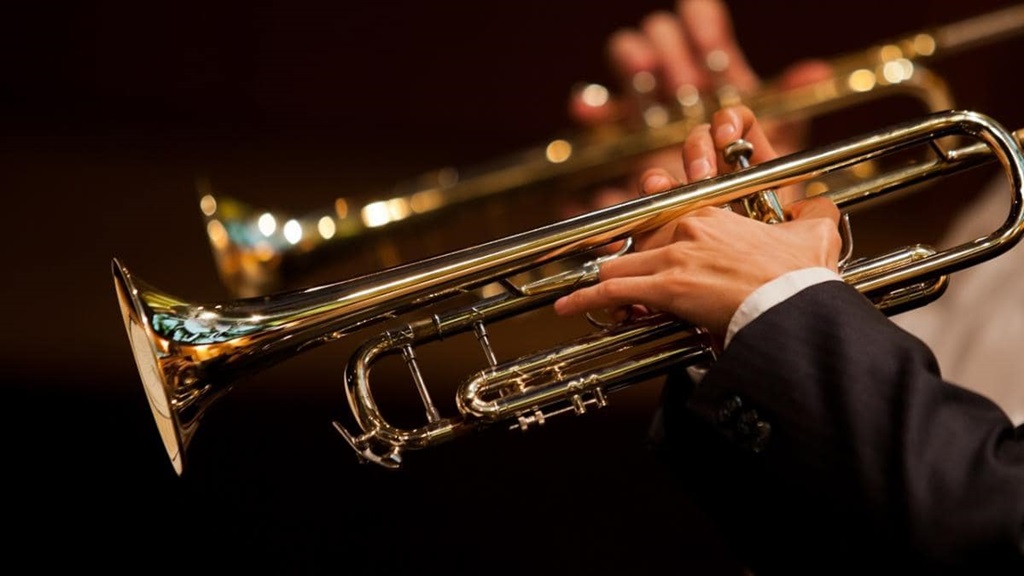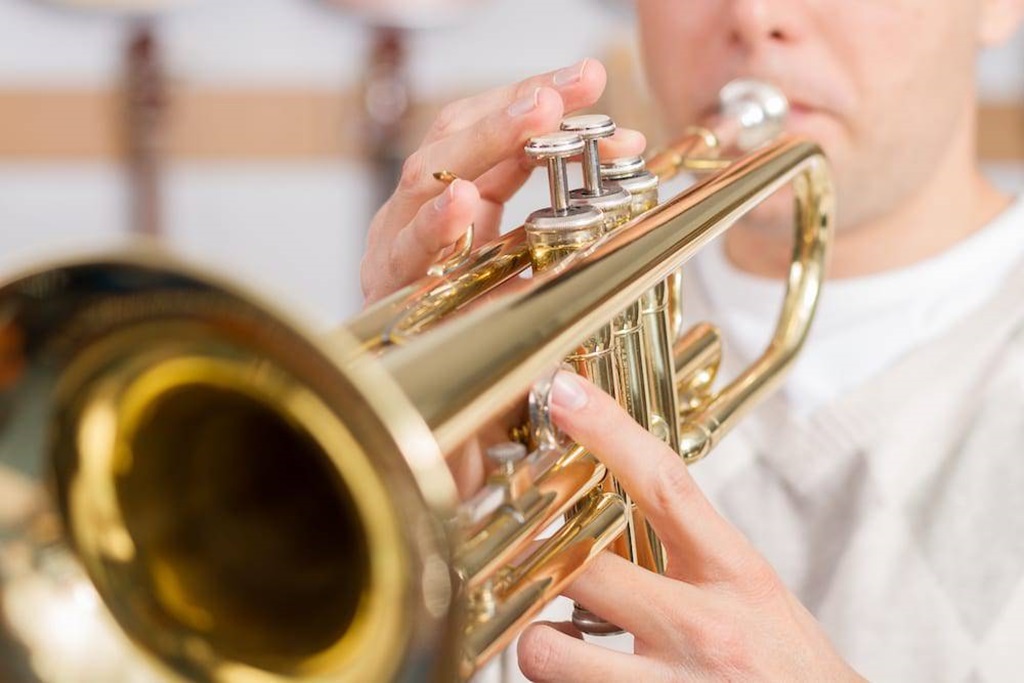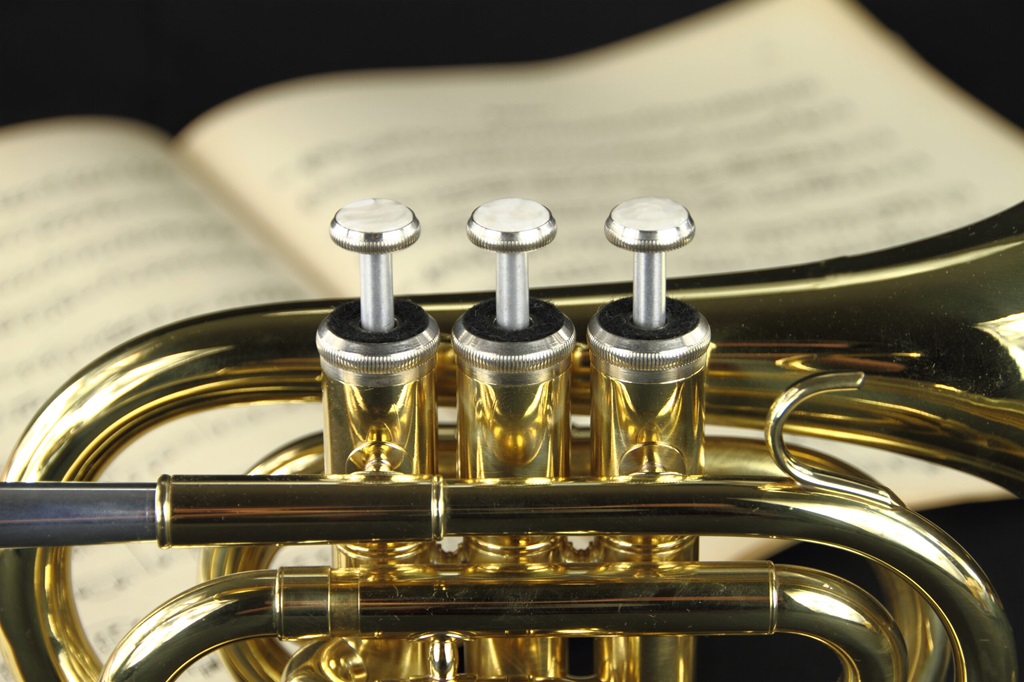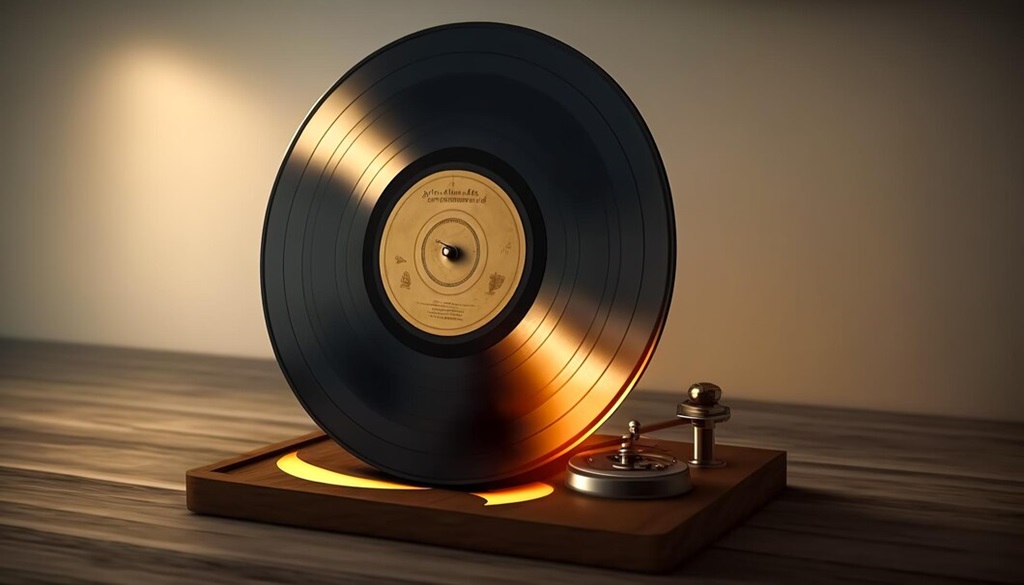
As someone who has been playing the trumpet for over 10 years, I’m often asked by aspiring musicians how to start learning and playing this brilliant brass instrument. The trumpet is extremely versatile – it can play melodies that soothe the soul or screams that electrify crowds. Mastering the trumpet takes dedication and practice, but the rewards make it all worthwhile. If you want to learn how to play the trumpet, you’ve come to the right place. I’m going to walk you through how to play trumpet, from choosing the right beginner trumpet to reading music and playing your first notes. Let’s get started!
Choosing Your First Trumpet
The trumpet world can be intimidating for beginners. With so many options, how do you choose your first instrument? Here are the main factors to consider:
Type of Trumpet
The most common trumpet for beginners is the Bb trumpet. This model is pitched in the key of Bb (B flat) and is the standard tuning for most trumpet music. Some beginners start on a C trumpet, but I recommend learning on a Bb horn.
New vs. Used
As a beginner, you’ll be pressing down valves and learning proper holding technique. So I advise buying a new student-model trumpet since used horns may not play as easily. New trumpets cost $300-$600.
Brands
Stick with well-known brands that specialize in student models like Bach, Yamaha, Jupiter or Jean-Paul. They produce quality instruments for affordable prices. Stay away from cheap no name brands on Amazon to avoid frustration.
Once you’ve chosen your trumpet, it’s time to learn how to play!
How to Hold the Trumpet Properly

Before playing a single note, you need to learn proper trumpet hand position and posture. Poor technique can hinder your progress and even cause injury over time. Here are some trumpet holding tips:
Hand Position
- Keep wrists straight and fingers curved
- Place the first knuckle of your left hand on the trumpet’s finger hook
- Place the ring finger of your right hand in the pinky saddle
- Keep both thumbs behind the first valve cap
Posture
- Stand or sit tall with shoulders back
- Hold your trumpet up at a 30-45 degree angle
- Keep head tilted slightly to the right
Establishing good habits early on will make playing much more comfortable. Your hands and body will thank you later!
How to Produce a Sound
The most frustrating part of starting trumpet is getting any sound out! The good news is that it’s very teachable with a few key concepts:
Tight Embouchure
Your embouchure is your mouth position when buzzing. To produce a tone, press lips together firmly while keeping the corners in a slight smile. Imagine saying “em” as you tighten your mouth muscles. Avoid puffing out your cheeks.
Tongue Position
The tongue plays a vital role in articulating notes. Touch your tongue tip to the roof of your mouth, just behind your front teeth. Keep it in this position while buzzing.
Fast Air
Air powers the trumpet, so use a sharp, fast burst of air from your diaphragm. Purse your lips and blow air between them to produce a buzz.
Start by buzzing your lips without the trumpet to get the motions down. Then put the mouthpiece up and buzz into it. Finally, insert the mouthpiece into the trumpet and buzz while fingering down valves.
Be patient through cracked notes and odd sounds – it takes practice to produce clean tones consistently. But with daily practice, you’ll be impressing listeners with trumpet tunes in no time!
How to Read Trumpet Music
Reading music is a vital skill for any trumpet player. Here are some key concepts for deciphering notes and rhythms:
Staff and Ledger Lines
Trumpet music is written on the treble clef staff with extra ledger lines above and below. Notes sit on lines or spaces to indicate pitch. The higher the note on the staff, the higher the sound.
Note and Rest Values
Notes have different rhythmic values based on note shapes and positions. A whole note lasts 4 beats, half notes last 2 beats, etc. Rests show silences in certain durations. Understanding rhythm is crucial for playing with steady tempo.
Clefs, Time Signatures and Key Signatures
These symbols provide key information about a piece:
- Clefs: Treble clef for trumpet
- Time signatures: Beats per measure (4/4 is common)
- Key signatures: Notes to be played sharp or flat
Learning to read music unlocks an endless world of trumpet tunes to play. With consistent practice, you’ll be sight reading in no time!
How to Play Your First Notes

Playing your first trumpet notes is an exciting milestone! Here are steps to play your first written pitches:
- Study the written pitch and fingering above the note
- Identify the correct valve combination
- Press valves down while buzzing tight embouchure
- Use short bursts of fast air from diaphragm
- Articulate with your tongue on roof of mouth
- Hold note for full rhythmic value
- Release valves precisely on time
Follow this process slowly, note by note, using a simple beginner book like “Essential Elements”. Don’t rush – speed comes later with practice. Nail precision and accuracy first.
Keep sessions short to avoid fatigue and frustration. And remember: YOU GOT THIS! Playing beautiful trumpet tones is worth every ounce of effort.
Common Beginner Mistakes to Avoid
When starting any new instrument, you’re bound to develop bad habits by accident. Here are some common trumpet mistakes beginners make, so you can dodge these pitfalls early on:
Puffing Cheeks
Puffed cheeks may feel natural, but fight the urge! Puffed cheeks hinder your air stream and embouchure control.
Slouching Posture
Slumping your shoulders strains back muscles, restricting your breathing. Stand tall!
Gripping Too Tight
Resist squeezing the trumpet with a white-knuckle grip to avoid hand fatigue and injury. Relax!
Ignoring Hard Passages
When you encounter a tricky lick, don’t avoid it! Isolate and repeat difficult sections. Cool licks come with time and practice.
Comparing Skill Level
Whether you’re a beginner or pro, focus on your own progress rather than comparing yourself. We all start somewhere on this journey.
Remaining mindful of technique and self-compassion will keep you progressing smoothly. You’ve got amazing trumpet tunes ahead, so avoid pitfalls and play on!
How to Care for Your Trumpet
A quality trumpet is a valuable investment requiring proper maintenance. Here’s how to care for your instrument:
Store in case: Keep your trumpet in its protective case when not playing. Never leave it lying around.
Handle with care: Hold your trumpet securely when out of the case. Dropping can misalign valves and tubing.
Oil valves: Apply valve oil regularly so valves press smoothly during fast passages. Avoid over-oiling.
Clean mouthpiece: Use a mouthpiece brush and mild soap to clean mouthpiece after each session to avoid bacteria buildup.
Bath as needed: Over time, give your trumpet an occasional bath using a trumpet snake brush and warm, soapy water to clean tubing and hard-to-reach spots. Rinse and dry thoroughly.
Avoid dents: Pad the case to prevent dents during transport or storage. Dents can obstruct air flow and require expensive professional repairs.
With consistent care and maintenance, a quality trumpet can last decades and provide endless hours of music enjoyment. Cherish your horn!
Keep Practicing: Achieve Your Trumpet Dreams

Learning trumpet is an exciting endeavor full of inspirational melodies. But consistent practice is vital for skill building. Follow these tips to keep
progressing on trumpet:
Set a routine: Choose a regular time each day to play, even if just for 15 minutes. Consistency breeds progress. Treat practice time as any important calendar appointment.
Find inspirational recordings: Listen to virtuosic trumpet players like Maurice Andre, Wynton Marsalis and Louis Armstrong. Let their artistry motivate your practice sessions.
Play along: Rather than just running scales, play along with simple songs you enjoy. Apps like TonalEnergy provide drum/bass backing tracks to make practice more musical.
Take lessons: Self-teaching with books and videos has limits. An experienced trumpet teacher can assess skill gaps and customize lesson plans to accelerate growth. Even monthly lessons help.
Join a band: Once you’ve developed basic skills, playing alongside others pushes your musicianship. Local concert bands welcome eager newbies. Playing ensemble music and receiving feedback is invaluable.
Perform often: Whether informally for friends or formal recitals, regular performances help condense skills learned in practice. And showing off hard-won trumpet talents is extremely gratifying!
Learning any instrument requires grit and persistence. But the payoff is priceless – a lifetime of personal enjoyment and opportunities to enrich others’ lives through music. So grab your horn and start honking out happy tunes! You’ve got amazing musical journeys ahead!
Conclusion
I hope this beginner’s guide gives you an informative overview of playing the magnificent trumpet! As you can see, mastering trumpet does require an investment in private lessons, sheet music, proper equipment care and many hours of dedicated practice. But the journey is supremely rewarding. Before you know it, you’ll be impressing audiences with show-stopping solos, electrifying jazz riffs and virtuosic trumpet repertoire from Bach to Broadway. Just remember: patience, persistence and passion are key. Now grab your horn and start honking out some happy tunes! You’ve got amazing musical adventures ahead!
Frequently Asked Questions
What age is best to start trumpet?
Starting between ages 8-12 allows lungs and facial muscles to develop properly. But students of any age can find success with dedicated practice.
Which method books are best?
“Essential Elements”, “Standard of Excellence” and “Accent on Achievement” are excellent beginner series with progressive skill development.
How much does trumpet cost for a beginner?
You can find quality new student trumpet models for $300-$600. Lessons cost $15-$40 per half hour session.
How long does it take to produce a good sound?
1-3 months of consistent daily practice should have you producing decent tones. Great sound takes years of refinement. Be patient!
What problems cause cracked high notes?
High cracks often stem from pressing valves down partially, poor air support or incorrect mouth position. Check these elements and keep practicing! Range expands slowly over time.


 Most Popular Songs With Baby in the Title
Most Popular Songs With Baby in the Title  The Songs Everyone Knows but Not the Name
The Songs Everyone Knows but Not the Name  Get Up and Dance! Songs Like Cupid Shuffle to Keep the Party Going
Get Up and Dance! Songs Like Cupid Shuffle to Keep the Party Going  How to Memorize Violin Note Chart Quickly?
How to Memorize Violin Note Chart Quickly? 


